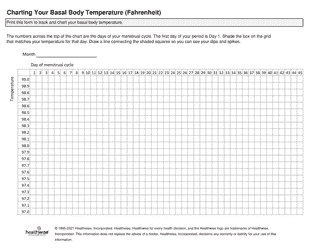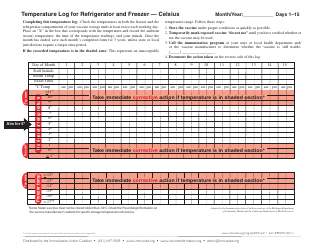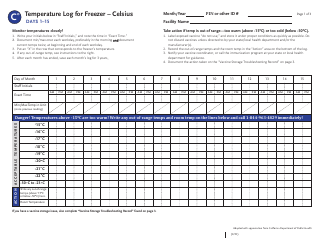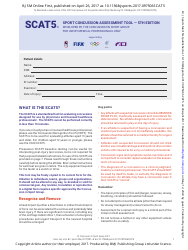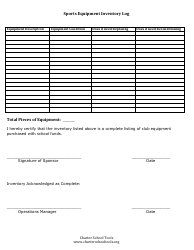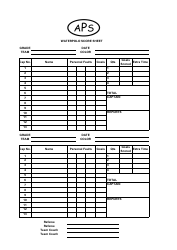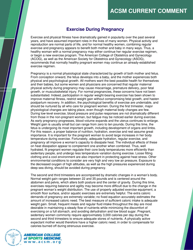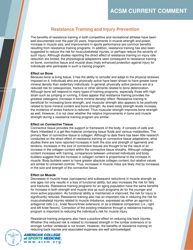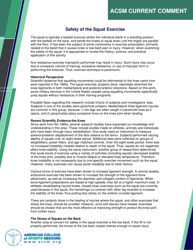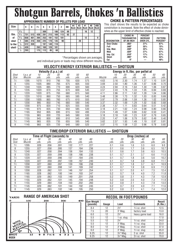Charting Your Basal Body Temperature (Celsius)
Charting Your Basal Body Temperature (Celsius) is a natural method widely used to track and predict a woman's fertility cycle. This process involves recording your body's resting (basal) temperature daily and noting the slight changes that occur throughout the menstrual cycle. Around the time of ovulation, a woman's basal body temperature rises slightly (typically by 0.5 to 1 degree Celsius) due to an increase in the hormone progesterone. When charted, this shift can indicate when ovulation has occurred, helping women to identify their most fertile days for conception, or conversely, to avoid pregnancy. Apart from that, charting basal body temperature can also assist in detecting certain reproductive health issues like thyroid disorders or ovulation irregularities. It is important to note that several factors can influence basal body temperature, so it should be used in tandem with other fertility awareness methods for accuracy.
The "Charting Your Basal Body Temperature (Celsius)" is typically filed by individuals, specifically women who are trying to conceive. This chart is used to track a woman's basal body temperature over time to determine when ovulation is occurring, as there is typically a slight increase in body temperature after ovulation. These charts are also used by healthcare professionals, such as fertility specialists or gynecologists, to assist in understanding a woman’s menstrual cycle and fertility patterns. It is not directly linked to a specific country's document filing system.
FAQ
Q: What is basal body temperature?
A: Basal body temperature is the temperature of your body at rest, typically measured immediately after waking up in the morning and before any physical activity.
Q: How do I chart my basal body temperature in Celsius?
A: To chart your basal body temperature in Celsius, you'll need a digital thermometer that shows readings in Celsius. Measure your body temperature immediately upon waking, before any activity. Record the temperature on a chart every day for several months to observe patterns related to your menstrual cycle or ovulation.
Q: Why should I chart my basal body temperature?
A: Charting your basal body temperature can help you understand the patterns of your menstrual cycle and can also signal ovulation. It's particularly useful for couples trying to conceive, as it can help predict the most fertile times.
Q: Does a change in basal body temperature indicate pregnancy?
A: A sustained rise in basal body temperature beyond the time of expected menstruation can sometimes indicate pregnancy. However, this is not a definitive sign and should be corroborated with other pregnancy indicators.
Q: What time is the best to take basal body temperature?
A: The best time to measure basal body temperature is immediately after waking up, before any physical activity or even before getting out of bed.
Q: How should I plot my basal body temperature on a chart?
A: For each day of your menstrual cycle, plot the day on the x-axis and your basal body temperature on the y-axis. This will allow you to visualize changes and patterns over time.
Q: What does a basal body temperature chart look like when you're ovulating?
A: During ovulation, you may see a slight dip in your BBT, followed by a sharp rise (0.2 to 0.5 degrees Celsius) the day after ovulation. This elevated temperature usually remains until your next menstrual period.



